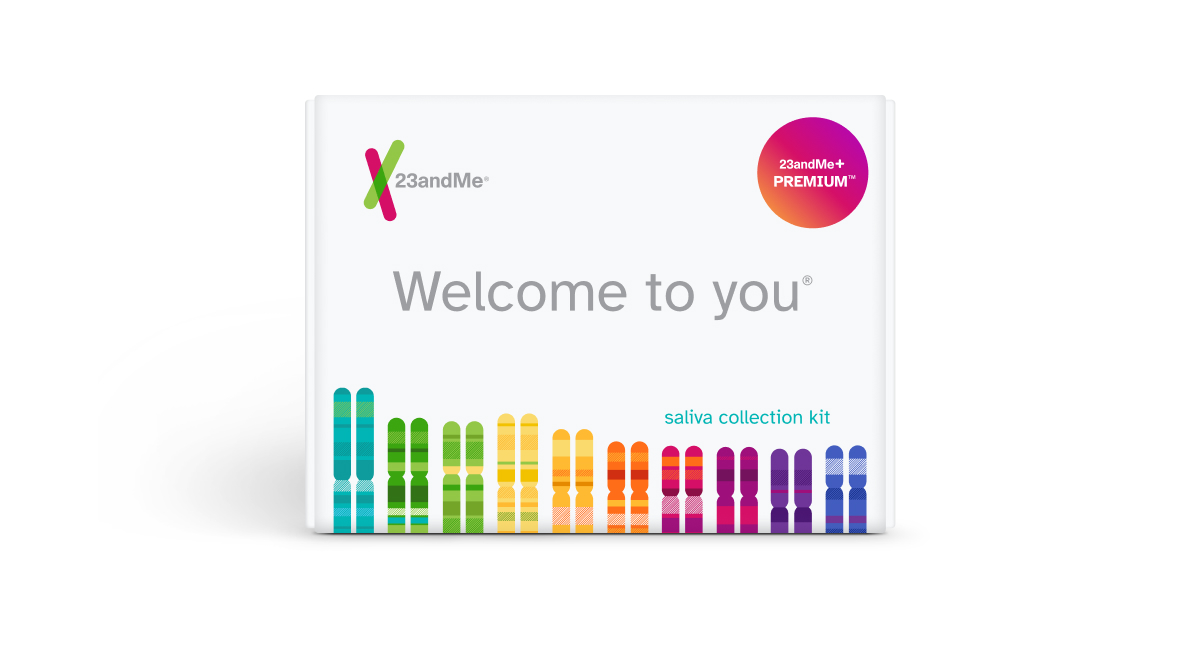Let's talk aboutNearsightedness
What is nearsightedness?
Nearsightedness, also called myopia, is a common eye condition that affects distance vision. Most cases of nearsightedness develop in childhood and stabilize in severity by early adulthood. People with nearsightedness tend to see nearby objects clearly, but objects farther away are blurry or unfocused. This occurs when the shape of the eye prevents light from focusing properly. Typically, light from an object is focused by the eye’s cornea and lens onto the surface of the retina, where it is detected and signaled to the brain. In nearsightedness, the eye is either too long or the angle of the cornea is too steep so light is focused in front of the retina, causing the object to appear blurry.

How can nearsightedness impact your health?
Nearsightedness can cause blurry vision, the need to squint to see clearly, and headaches from eyestrain. These symptoms can usually be managed with the use of eyeglasses, contact lenses, or corrective surgery. Nearsightedness is associated with an increased risk for other eye conditions, like retinal detachment, glaucoma, and cataracts. People with more severe nearsightedness are more at risk for these conditions.

Other factors that can impact your chances of developing nearsightedness
It is estimated that about 45% of U.S. adults aged 20 and older are nearsighted, and rates of nearsightedness are increasing over time. Besides genetics, some factors that can increase a person’s chances of developing nearsightedness include:
- Age: The chances of developing this condition are highest during childhood. It is less common for people to develop the condition as adults.
- Family history.
- Less outdoor exposure during childhood: Children who spend little time outdoors are more likely to become nearsighted.
- Near work: Children who perform more near-work activities, such as reading, are more likely to become nearsighted.
- Ethnicity: Nearsightedness is more common in people of East Asian descent.

Learn more about nearsightedness
Curious whether you have an increased likelihood of being nearsighted based on your genetics? 23andMe takes into account more than 2,700 genetic markers to estimate the likelihood of being nearsighted. Find out more with the Nearsightedness report (Powered by 23andMe Research), part of the 23andMe+ Premium membership. 23andMe+ Premium includes our Health + Ancestry Service plus new premium reports and features throughout the year.

23andMe+ Premium
Please note:
- The report does not diagnose nearsightedness and should not be used to make medical decisions.
- The report was developed by 23andMe scientists using data and insights gathered from thousands of customers who chose to participate in our research. Reports based on 23andMe research provide an estimate of your likelihood of developing or having a condition based on your genetics and other factors. This report does not account for lifestyle or family history.
- The report does not account for every possible genetic variant that could affect your likelihood of having nearsightedness.
References:
Li J et al. (2017). “Insight into the molecular genetics of myopia.” Mol Vis. 23:1048-1080.